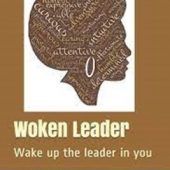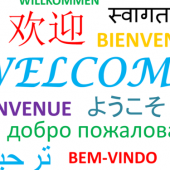In a recent blog, we referred to a report on Men and Suicide from the Samaritans, which explained that men compare themselves against an old-fashioned standard of masculinity that is toxic. That, in turn, leads to feelings of shame and defeat when they don’t feel they measure up to it.
Some of that toxic masculinity is very visible, but it’s much harder to spot when it is passive. In our recent webinar Escaping the Glass Mancave, Phil Cox shared that passive toxic masculinity includes:
- Encouragement to toughen up
- Emotional repression, ‘Stiff upper lip’ attitude
- Self-medicating
- Suffering in silence
- Not wanting to burden others
- Not asking for help, or admitting you don’t know something
- Feeling unable to express weakness, sadness or confusion
Workplaces can unwittingly encourage toxic masculinity. Yet, it’s not always easy to spot. For example, perseverance and stoicism are admirable qualities, but when they’re taken too far they can become toxic.
So how do you know whether toxic masculinity is rife in your organisation?
Below are 5 signs that show your workplace is affected by toxic masculinity.
- Long working hours are expected
There is a culture of always being ‘on’. People are expected to work ultra-hard, and work is almost seen as an Olympic sport. The job is expected to be put above all else, which regularly results in people coming to work when ill, and being applauded for it too. In contrast to that, in a healthier work environment, it is recognised that regular breaks and rest support productivity.
- Struggling to cope is seen as a weakness
People are mocked for talking about their feelings or admit they struggle to cope. There are few mental health programmes, or support is offered mainly to women. When an activity related to mindfulness is suggested, there is a negative response. When there are mental health or mindfulness programmes, jokes are made about them.
- People are expected to sink or swim
When someone talks about an issue, they are told to grit their teeth, suck it up and get on with. Or they are told, ‘this is what we are paying you for’. In contrast, in a healthier work environment, they would be encouraged to talk about their feelings and offered support.
- Not asking for help is the norm
People take everything on themselves. They don’t admit it when they don’t know something or regularly take on too much work. This leads to substandard work and is a major cause of stress and mental health issues. In contrast, in a healthier work environment, people would be offered guidance and support. After all, this is how people learn.
- Caring and nurturing responsibilities are not accepted
When someone leaves early for caring responsibilities it is frowned upon. Asking for flexible work or taking time off for the family is detrimental to someone’s career. Parental leave is unacceptable for men. In contrast, in a healthier work environment, the need for work-life balance is acknowledged and encouraged.
As these 5 points illustrate, a work culture that encourages toxic masculinity impacts both men and women at work, and impacts negatively on end results as well as staff wellbeing. A work environment that encourages toxic masculinity cannot be inclusive.
To change this culture, a different type of behaviour should be rewarded. Reward calmness, openness, tenderness, compassion and accountability. In addition, encourage people to be reflective and mindful, to ask for help and to express feelings such as sadness and confusion. Try it! You might be surprised by how many men thank you for it.
Phil Cox helps organisations develop a healthy work culture where men and women can thrive. He regularly facilitates ‘safe space’ conversations for men and helps develop male support networks.
Do you have more questions? If you would like to book our Escaping the Glass Mancave interactive session for your workplace, or discuss how Phil could help you identify and resolve issues around toxic masculinity in your workplace, contact us.









